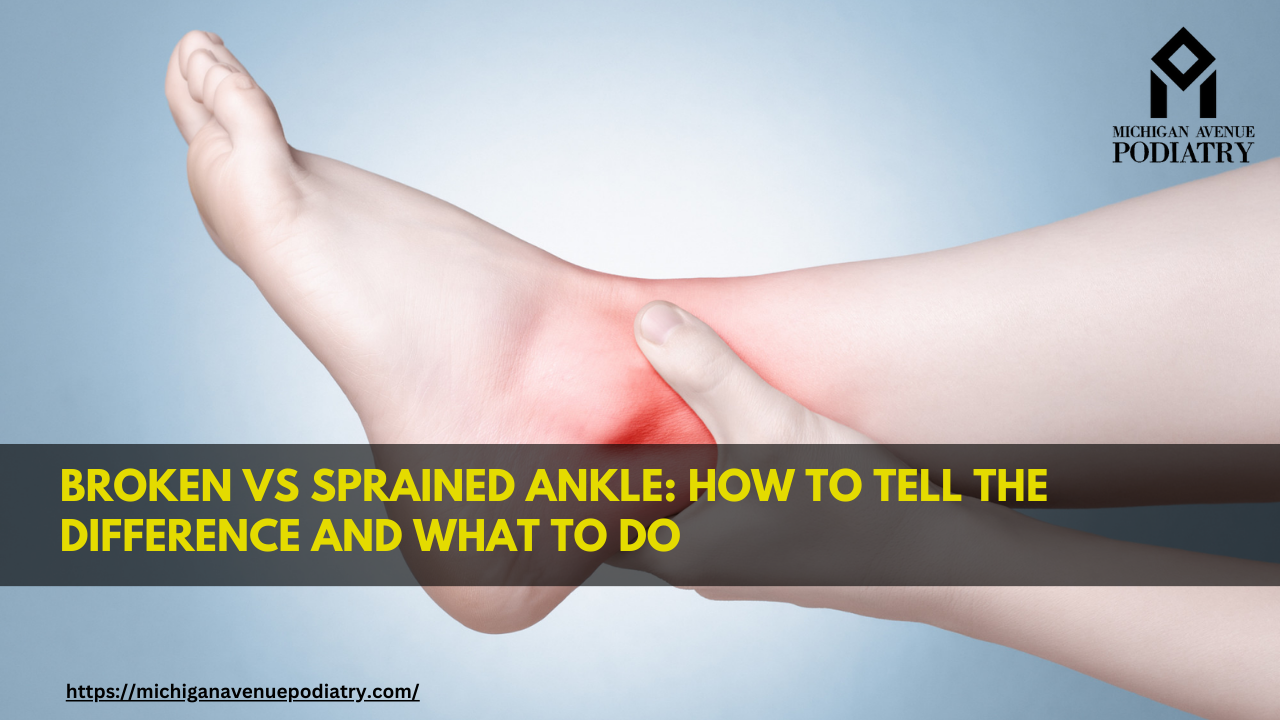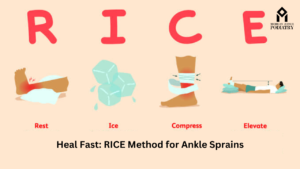Ankles are crucial for mobility, but injuries like fractures and sprains can impede movement and cause significant discomfort. Understanding the difference between a broken and sprained ankle is essential for proper treatment and recovery. Let’s delve into the distinctions and how to address each condition effectively.
1. Understanding Ankle Injuries
An ankle injury can either be a fracture (break) or a sprain, depending on the severity of damage to the bones and ligaments. Both conditions result from sudden twists, falls, or impacts to the ankle joint.
2. Signs and Symptoms of a Broken Ankle
A broken ankle typically presents with severe pain, swelling, bruising, and difficulty bearing weight on the affected foot. In some cases, deformity or misalignment of the ankle may also be evident.
3. Signs and Symptoms of a Sprained Ankle
A sprained ankle involves damage to the ligaments, resulting in pain, swelling, and instability of the joint. Mild sprains may cause minimal discomfort, while severe sprains can lead to significant swelling and difficulty walking.
4. Diagnosis and Treatment
Diagnosis of an ankle injury involves a physical examination, imaging tests such as X-rays or MRI scans, and assessment of symptoms. Treatment options vary based on the severity of the injury and may include immobilization, pain management, and, in severe cases, surgery.
5. Recovery Process
Recovery from a broken or sprained ankle requires rest, ice, compression, and elevation (RICE), along with physical therapy to restore strength and flexibility. Patients may need to use crutches or a brace to support the injured ankle during the healing process.
6. Prevention Tips
To prevent ankle injuries, wear supportive footwear, warm up before physical activity, and avoid uneven surfaces or risky movements that could lead to twists or falls. Strengthening exercises targeting the ankle and surrounding muscles can also help improve stability and reduce the risk of injury.
Conclusion
Distinguishing between a broken and sprained ankle is crucial for prompt and appropriate treatment. If you suspect an ankle injury, seek medical attention promptly for accurate diagnosis and personalized care. With proper management and rehabilitation, most ankle injuries can heal effectively, allowing you to return to your daily activities with confidence and comfort.




